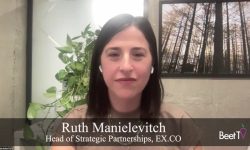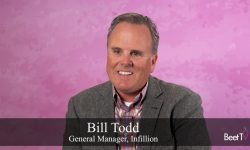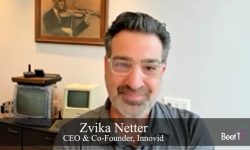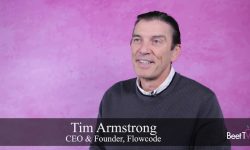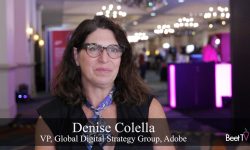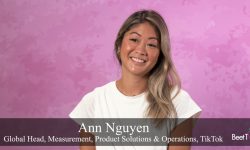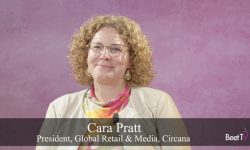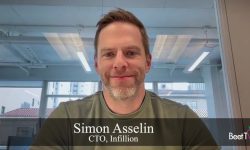Not that long ago, the only presence Condé Nast might have had on Netflix was when a Sex and the City character was reading an issue of GQ or Vanity Fair. Now the publisher has its own Netflix production recently green-lighted for a third season.
It’s all part of the evolution not only of Condé Nast itself but also of its advertiser base, notably in the fashion and luxury space. The company’s Chief Business Officer and President of Revenue, Jim Norton, has had a bird’s eye view of that continuing transformation since his arrival 11 months ago.
As Norton explains in this interview with Beet.TV, Condé Nast Entertainment, led by producer Dawn Ostroff, now creates everything from short-form digital video to Hollywood caliber movies.
“When you think about the spectrum on which CNE operates, everything from short-form digital video all the way up to potentially award-winning feature films, it runs the gamut,” says Norton.
A 2014 story in GQ was the genesis of Last Chance U, a series that follows the East Mississippi Community College’s football team and landed on Netflix. It was just extended to a third season on the streaming video giant, as The Hollywood Reporter notes.
Next month, Sony will release CNE’s Only The Brave, which chronicles the efforts of a team of firefighters battling a wildfire in Arizona in 2013. Meanwhile, Condé Nast’s Vogue has had “great success” with the video series 73 Questions (Answered By Your Favorite Celebs), Norton says.
In video monetization, Condé Nast’s business is split about 50/50, according to Norton. There are traditional, CPM-based audience buys and “a cost-per-view buy where we’re actually creating content on behalf of brands and then going out and ensuring a certain level of distribution and traffic.”
A veteran of both AOL and Google, Norton says it’s been interesting to witness the evolution “in a very short amount of time” of such time-tested brands as Cartier, Chanel, Gucci and Prada as they’ve ventured beyond their print advertising roots.
“They’ve been very cautious about how to move into this new digital world. The first meeting you have it’s still very much print centric,” maybe with a dabble into video and digital. “Next meeting I have less than six months later, it’s a programmatic discussion.”







